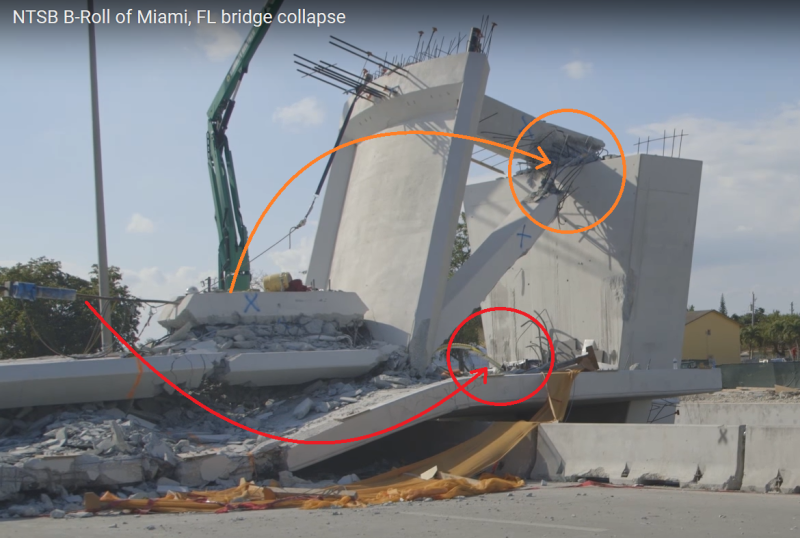dik
Structural
- Apr 13, 2001
- 26,037
Ingenuity said:Damn, it would have been a good research project for a select few FIU engineering students.
Could still be an educational endeavour... Careful you don't do this...
Dik
Follow along with the video below to see how to install our site as a web app on your home screen.
Note: This feature may not be available in some browsers.
Ingenuity said:Damn, it would have been a good research project for a select few FIU engineering students.
rapt said:The relatively small amount of load that would have been applied by the stressing of one prestress bar in a diagonal should not be sufficient to cause the collapse if the overall design was ok. With normal factors of safety etc, the amount of force we are talking about compared to the overstrength required to be built into the design is insignificant.
Tomf said:I think the idea is that it may have pushed an already deficient (or otherwise compromised) structure over the edge. The proverbial straw that broke the camel's back.
Tomfh said:Has anyone worked out the load/stress in #11?
BAretired said:Member 11 may have been a tension member during construction but it was a compression member after the temporary supports were removed. Assuming a total weight of 950 tons, the bridge reaction at each end would have been in the order of 950 kips under dead load only. Member 11 appears to be oriented at about 35o to the horizontal, so it would have been loaded to about 1650 kips, a compressive stress of 3,300 psi on a 24" x 21" section under dead load only. It did not need any prestress at that stage.
BA

